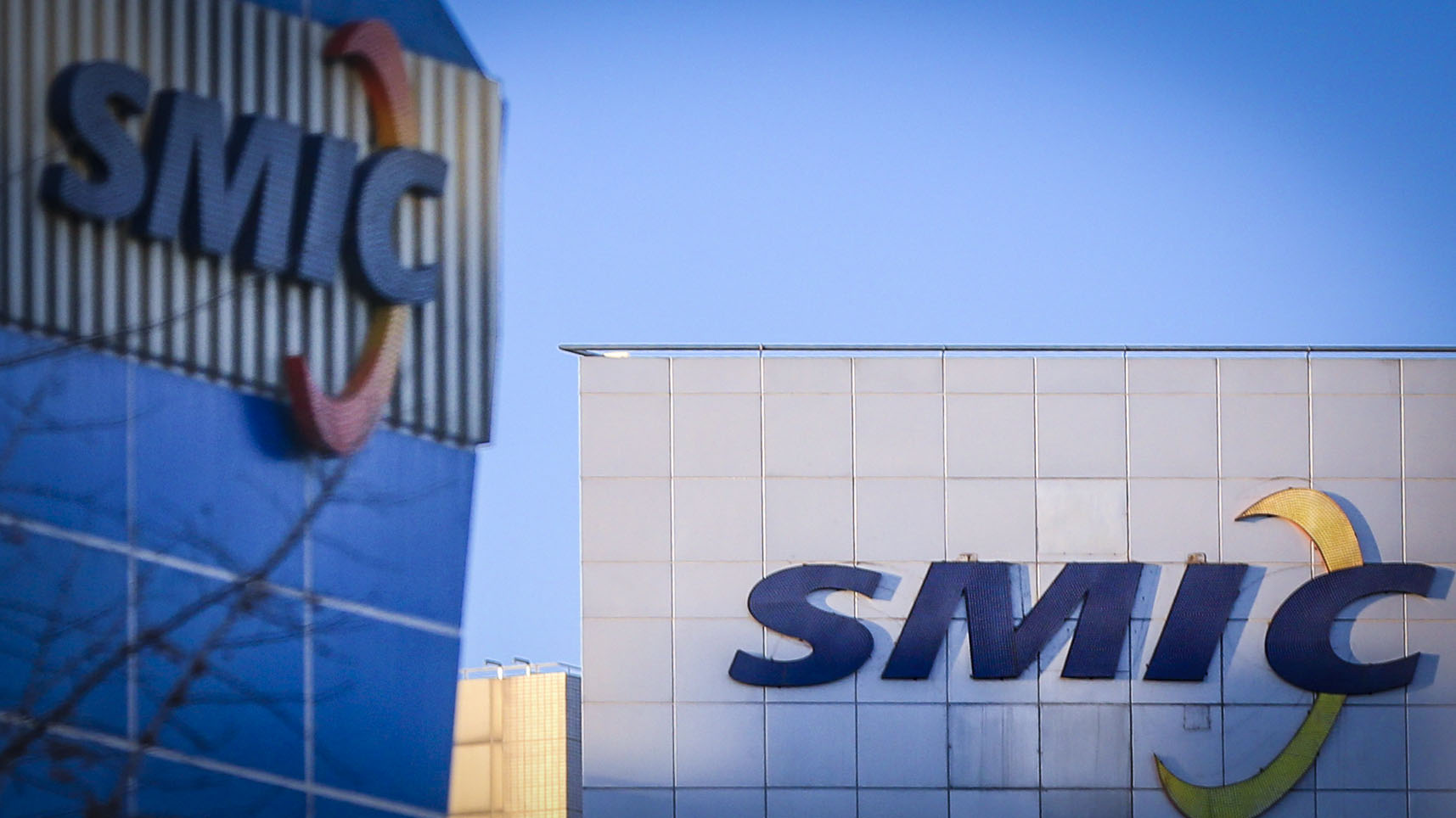
China’s largest chipmaker, Semiconductor Manufacturing International Corp (SMIC), cautioned Friday that the mature node chip market would remain oversupplied until at least 2025, signaling a restrained approach to capacity growth. The semiconductor sector has struggled with inventory excesses since late 2022, as pandemic-era shortages turned to surpluses. This shift, affecting several end users like automakers, has stymied industry recovery.
Despite challenges, SMIC and other Chinese semiconductor companies have increased output in recent years. These production increases align with ongoing trade disputes involving the U.S. and its allies, as SMIC largely produces mature node chips for basic electronic devices. The company’s co-CEO, Zhao Haijun, noted in SMIC’s third-quarter earnings call that industry utilization rates linger at around 70%, significantly lower than the optimal 85% mark, emphasizing the current overcapacity problem. Zhao warned that this imbalance might worsen.
For the third quarter, SMIC’s revenue rose 34%, reaching $2.17 billion, meeting expectations from market analysts, who had forecasted $2.2 billion, according to LSEG data. SMIC attributed this growth partly to China’s localization drive, which has prompted international customers to shift chip manufacturing to domestic producers. However, Zhao suggested this substitution trend would decelerate by 2025, as local suppliers have already seized much of the market share.
SMIC’s annual capital expenditure saw a steep increase, reaching $7.3 billion in 2023 from $4.5 billion in 2021. Zhao indicated that the ongoing supply-demand imbalance has made SMIC cautious about new capacity investments. He emphasized, “We have not announced any new projects, and we are not currently discussing any new ones,” pointing to a potential shift in SMIC’s strategy amid oversupply conditions.
For the July-to-September period, SMIC’s net income increased by 58% to $148.8 million, though this figure fell short of analysts’ $199.71 million estimate. The company projected that fourth-quarter revenue would remain largely stable, with a slight 2% quarter-over-quarter increase. SMIC shares rose 3.7% in early trading on the Hong Kong stock exchange following the announcement.
Featured image courtesy of Nikkei Asia
Follow us for more updates on SMIC.
